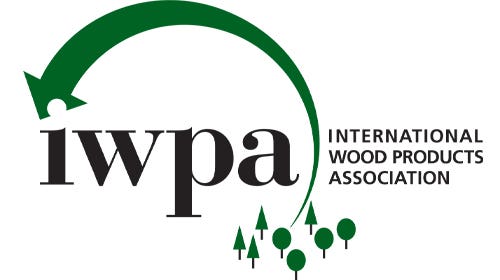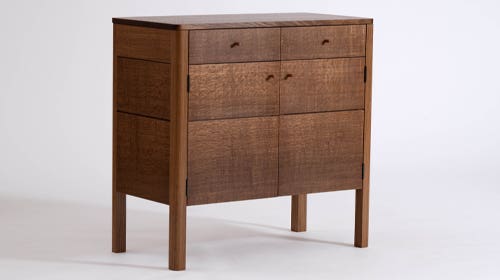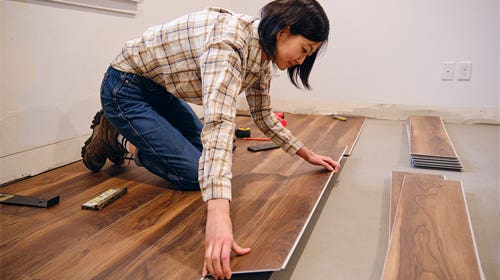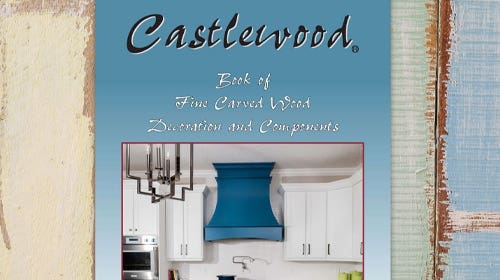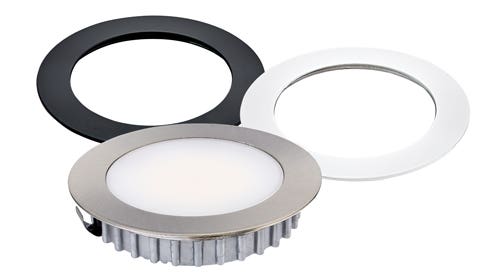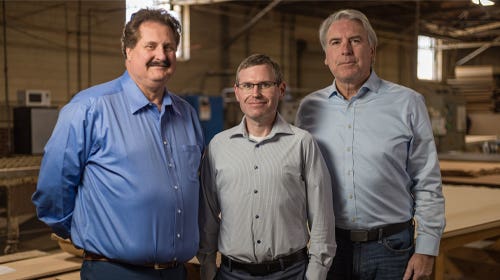Exotic zebrawood is earning its stripes
Even as its price continues to increase, the wood is popular because it works well with hand tools, takes a good polish In the world of exotics, some species stand…
Even as its price continues to increase, the wood is popular because it works well with hand tools, takes a good polish
In the world of exotics, some species stand alone on appearance, especially zebrawood with its contrasting golden-brown and dark-brown stripes. Unfortunately, like many exotics, lengths and widths are no longer what they used to be, which is why it has become a hot species in the veneer market.
“Quartered stock is typically going to run 4" to 12" wide,” says Ben Barrett of Berkshire Veneer Co. in Great Barrington, Mass. “The requests are almost exclusively on the quarter about 99 percent of the time. The growth zones between the winter wood and the spring wood gives it that delineated coloration that it has. When you slice it on the quarter, it is really, really nice.”
“Most of it is quartered and most comes in 4/4, 6/4 and 8/4,” adds Mitch Talcove, owner of Tropical Exotic Hardwoods in Carlsbad, Calif. “I used to bring in natural edge slabs, but they’ve kind of dried up as far as being able to obtain them. The price is going through the ceiling. It was always a $10/bf retail wood; now you pay about that wholesale. I can get widths of 12" to 14".
Zebrawood (Microberlinia brazzavillensis) is a large tree that grows in swamps and along river banks, primarily in Cameroon and Gabon in West Africa. The bark is extremely thick — up to 12" — with yellow sapwood that can grow up to 4" wide. There is a clear distinction between the sapwood and heartwood.
“It’s beautiful and it continues to develop a patina that just keeps getting better and better,” says Myles Gilmer, owner of Gilmer Wood Co. in Portland, Ore. “It’s a really rich patina; the color richens.”
Zebrawood is used in furniture, inlays, jewelry boxes, archery bows, turnings, occasionally for flooring, and decorative veneer. The wood has an interlocking grain and a coarse texture. Tear-out can be a problem because of the grain reversals.
“What people want in zebrawood is a nice, straight, evenly spaced growth ring with a good definition between the light and the dark [stripes],” Barrett says. “One of the problems is if the grain isn’t straight, then the grain runout poses a problem when you match it because it’s too busy to the eye.”
“I used to get quartersawn boards and some of them were 20" to 24" wide and now if you want all quartered material, then you seldom see anything wider than 8",” adds Gilmer. “My idea of quartersawn is dead-on 90 degrees, 10 degrees on either side — that’s quartersawn. A lot of people go farther than that, but for me, that’s my definition of it. You see a lot of stuff that is off 30 degrees, which to me is rift-sawn.”
The working properties of zebrawood are basically positive. The wood works well with hand tools, and it takes a good polish. There are resin ducts in the log; some refer to it as “gum,” which is a natural defect. The resin provides more of a problem in the veneer industry than in lumber form. It needs to be air-dried for a fairly long time before it is put in the kiln. Zebrawood also has a moderate dulling effect on knives. And, according to Gilmer, when you cut it, there is a “definite barnyard smell to it.”
“When this stuff comes in freshly cut, it’s real clean and then it just oxidizes a little, but not bad,” Talcove says. “All in all, it’s one of those woods that everybody knows about. It’s used for dashboards — I think Mercedes used it for some time — and is widely used throughout the veneer industry. It’s an exciting wood that people have known about for a long time.”
Zebrawood veneer is priced between $1 and $1.50 per sq. ft.; 4/4 lumber ranges from $12 to $22/bf.
This article originally appeared in the July 2009 issue.


